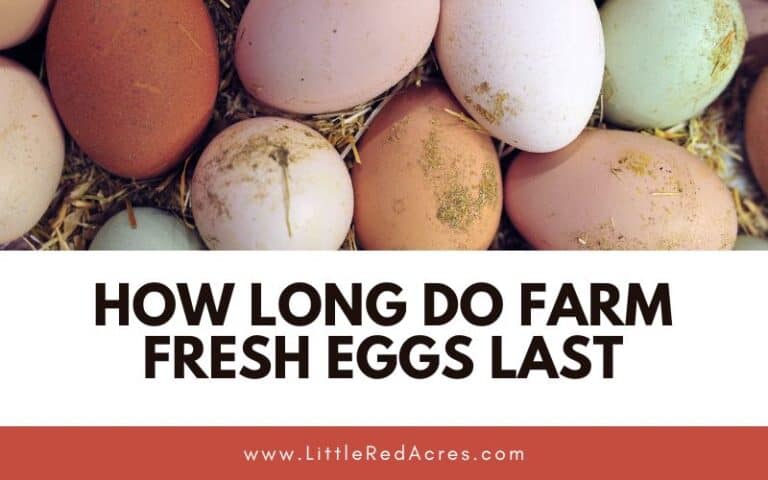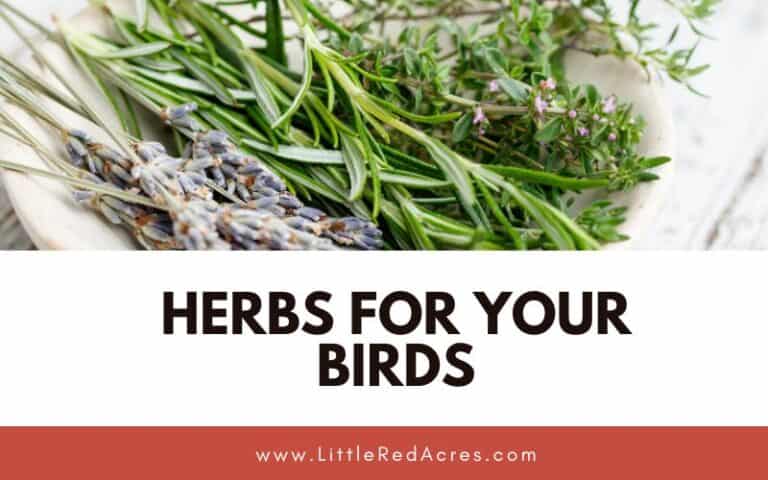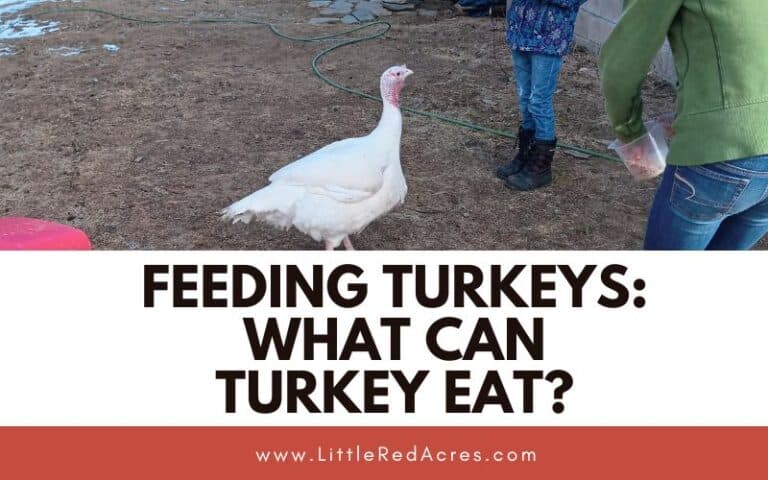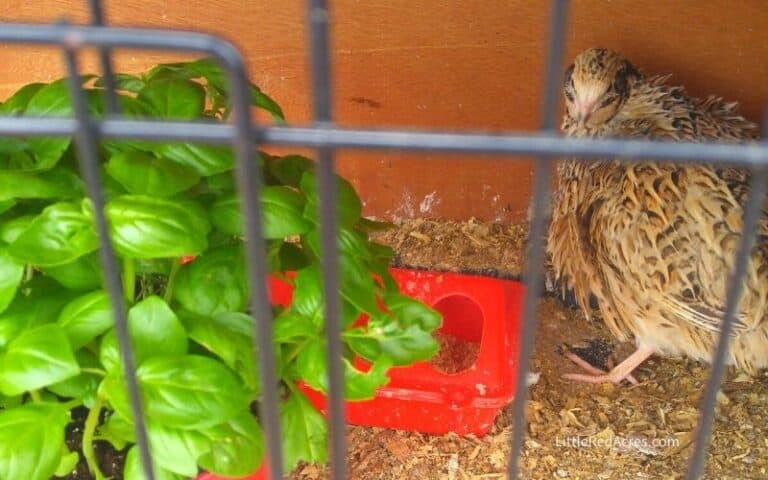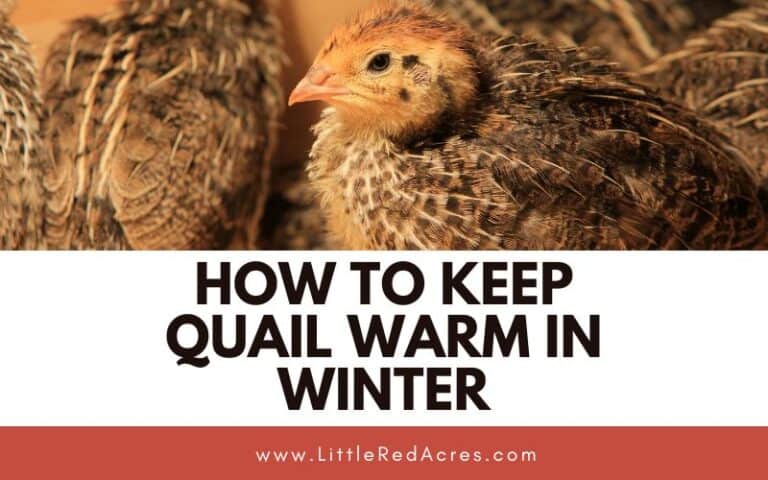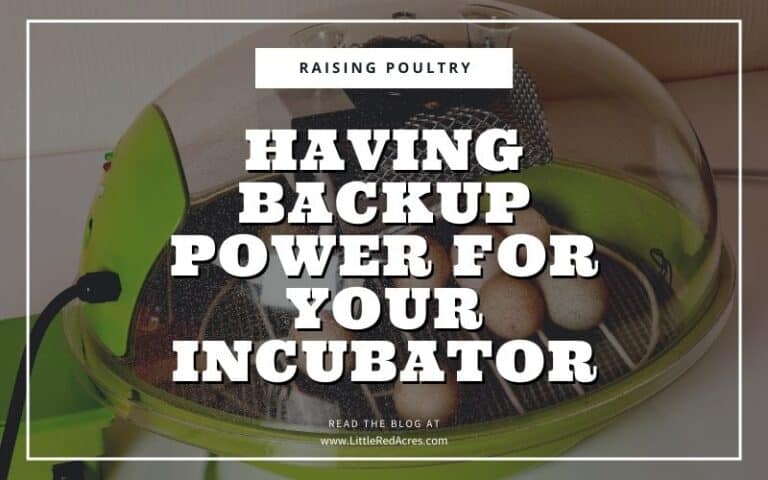How to Grow Fodder for Chickens
Inside: It's an easy healthy treat and something your kids can help out with too. Learn how to grow fodder for your birds now.
We all like to give our birds a treat now and then, here is something you can make for them easily. It seriously takes no real-time on your part and no expense. It's an easy healthy treat and something your kids can help out with too. Learn how to grow fodder for your birds now.
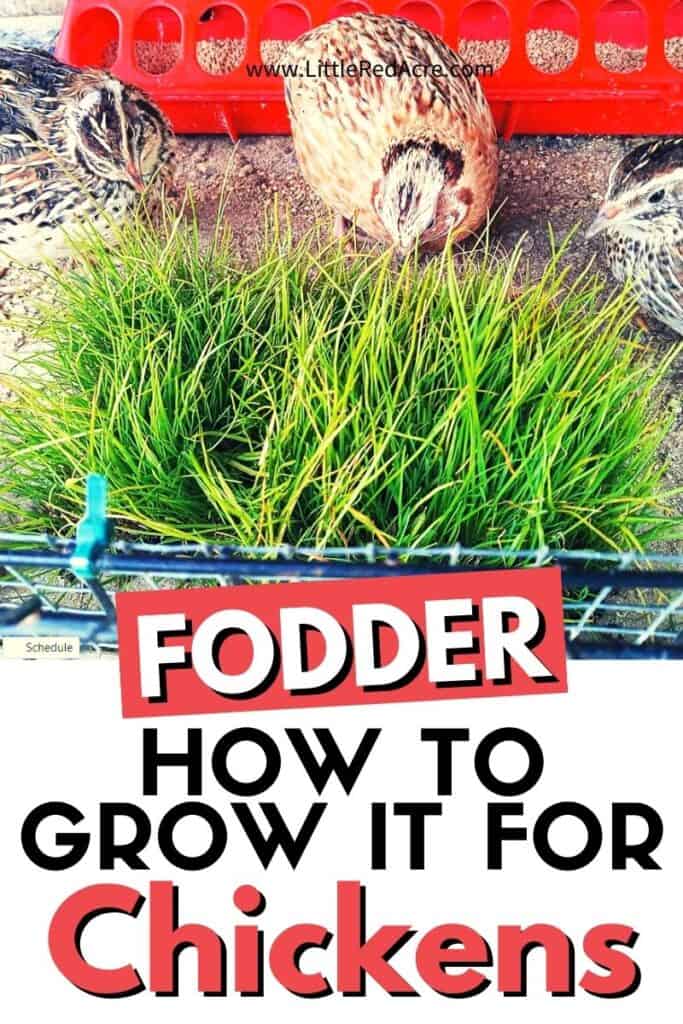
This post may contain affiliate links, see my disclosure policy for more information.
How to Grow Fodder for Chickens
If you’re raising chickens or other livestock, you know that animal feed can get quite expensive. Growing fodder to supplement their diet is an easy endeavor and one that will keep your flock happy.
Get updates & freebies delivered to your inbox!
What is Fodder?
Fodder is a mat of sprouted seeds that can be used to feed a variety of livestock and small animals, including quail.
While we think of whole grains as food, they are really seeds formed by a plant to regenerate itself. Untreated whole grains need nothing more than a little moisture to try to do what they’re meant to do: grow.
By giving grains the conditions necessary to sprout, they’ll do what comes naturally with very little effort on your part. It is so simple that it can be a fun project for your kids to do for the animals.
Setting Up a Fodder Growing System
Sprouting grains into fodder requires a little bit of setup, but it’s not difficult. You’ll need some sort of shallow tray to get started. I used small trays from the dollar store (I also use these same trays for sand dirt bathing quail).
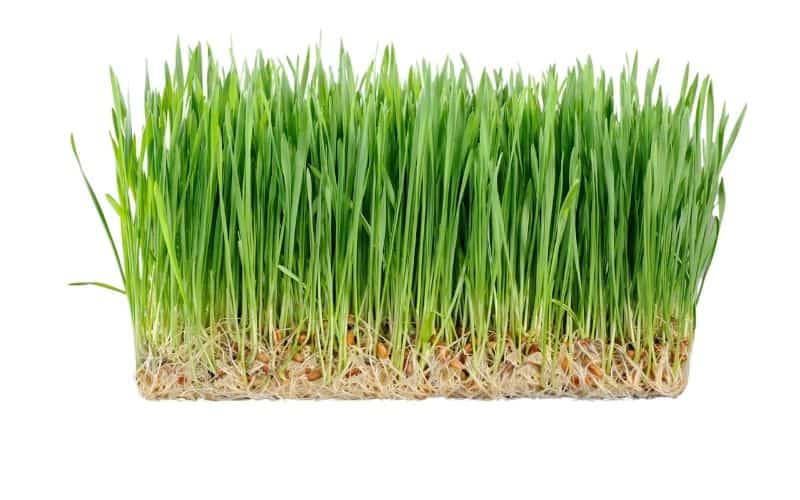
Pros of Growing Fodder
There are a number of great reasons for sprouting grains into fodder:
- is that it helps stretch your animal feed budget. Fifty pounds of whole grain can be transformed into as much as 300 pounds of fodder simply by sprouting it.
- it is good for your birds! They will scratch and peck and act like birds with it.
- Sprouting grains increases their nutritional content and boost protein content slightly.
- Fodder is nearly completely digestible, so your feed budget benefits the animal instead of going straight through the ground!
- When the grain is sprouted, and grown hydroponically, nearly all the starch in the grain is converted to sugar and is better utilized by the animal’s rumen.
- The best part is that the whole process, from sprout to ready-to-feed-fodder only takes 6-8 days. Quick!
- The animals eat everything, the sprouts, the seeds, and the roots so nothing is wasted!
- You control part of your animals’ feed source
- Adds extra nutrients to your livestock feed routine
And while it’s great for chicken feed, this fodder works as feed for other livestock as well, such as quail.
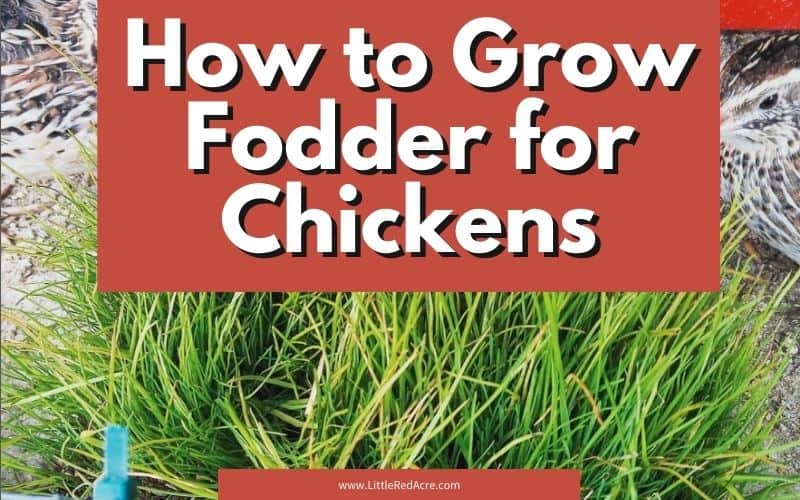
Cons of Having a Fodder System
- You still rely on an outside seed source
- This helps supplement your feed but doesn’t replace the main diet
- A fodder system if bought can cost a lot for small operations
- Can be very time-consuming depending on the number of animals you feed
- Need ideal growing conditions, which could mean a greenhouse
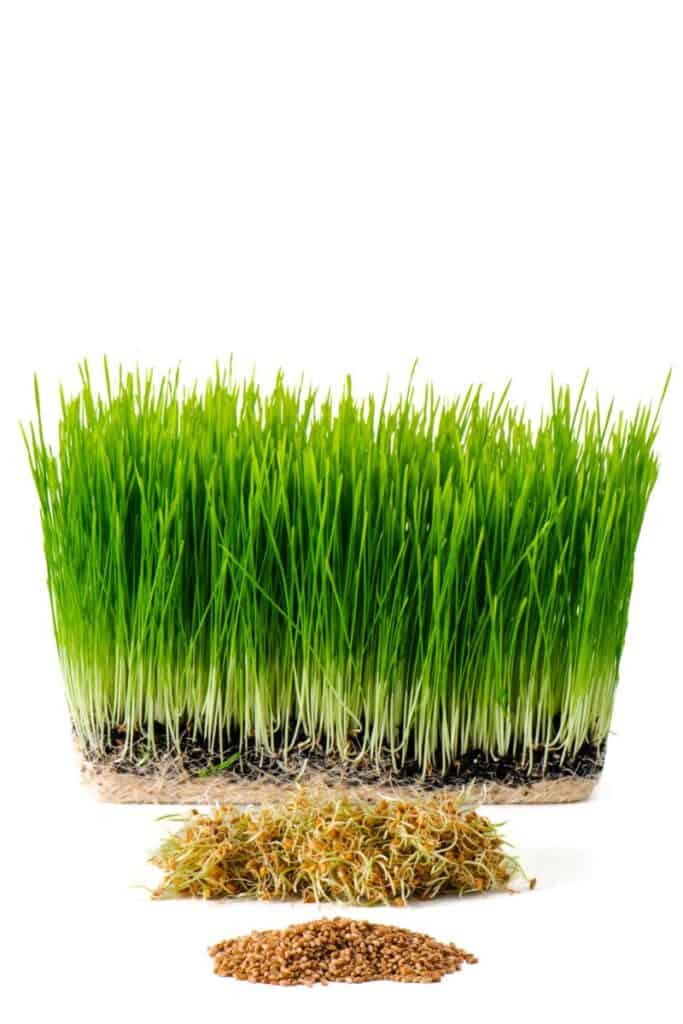
How to Grow Fodder
If you have hot summers, a shady spot is a good idea. Growing fodder during winter weather will require an indoor space where it’s a bit warmer, but supplemental lighting really is not necessary. In the spring and summer, I use the greenhouse to grow ours quickly.
Soak grain in a bucket of water overnight. Cover the grains with about two inches of water. How much grain to soak depends on the size of your trays and how many you’re filling. Aim for a half-inch depth for each tray.
The grains have a tendency to mold if they’re deeper than that, and if they stay too wet! No one wants to waste their time for it just to mold.
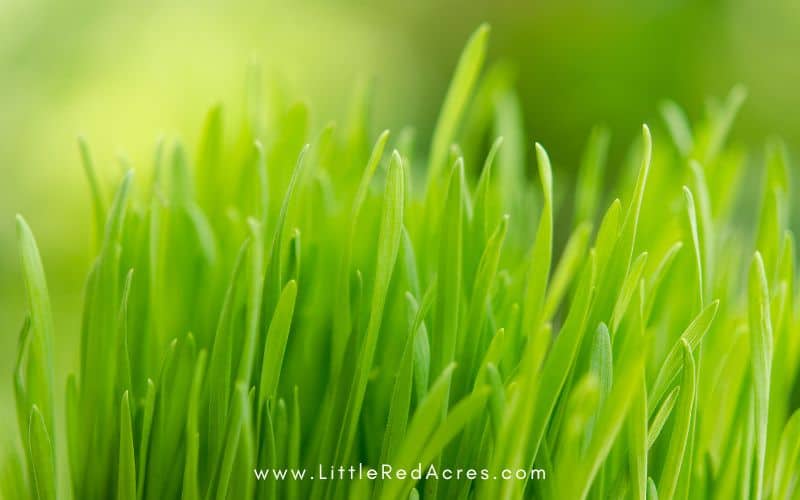
Drain grains and transfer to trays. Spread evenly.
Water each tray morning and night. If your region is really dry and the sprouting grains dry out quickly, you might need to water them in the evening as well or experiment with using lids on the trays to help prevent evaporation.
You’ll see roots within the first couple of days, followed by greens. The growing fodder is edible at any point, but it usually takes a week or so to have a nice solid block of fodder that you can lift out of each drawer all in one piece.
You can start your trays on different days to keep them growing at different times, keeping your birds in fodder.
Frequently Asked Questions About Growing Fodder
How long does it take to grow fodder? In just 8 days, barley fodder is ready to harvest. If you leave it longer than 8 days, the foliage will begin to yellow because the light requirements increase.
What is the best fodder to grow? The most popular fodder seeds are barley, alfalfa, millet, oats, wheat, grain rye, ryegrass, buckwheat, field peas, clover, and sorghum.
Can chickens live on fodder alone? Fodder is not a complete nutrition source for poultry and should only be used as a feed supplement.

Want More?
Does Raising Chickens Save Money?
How to Tell if Eggs are Fertilized
Homemade Foam Cooler Egg Incubator

